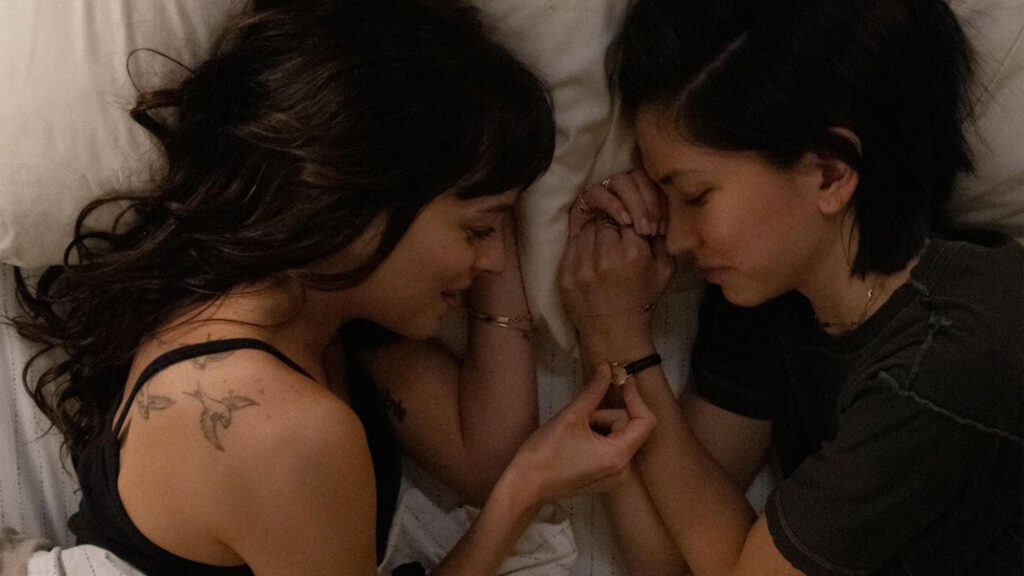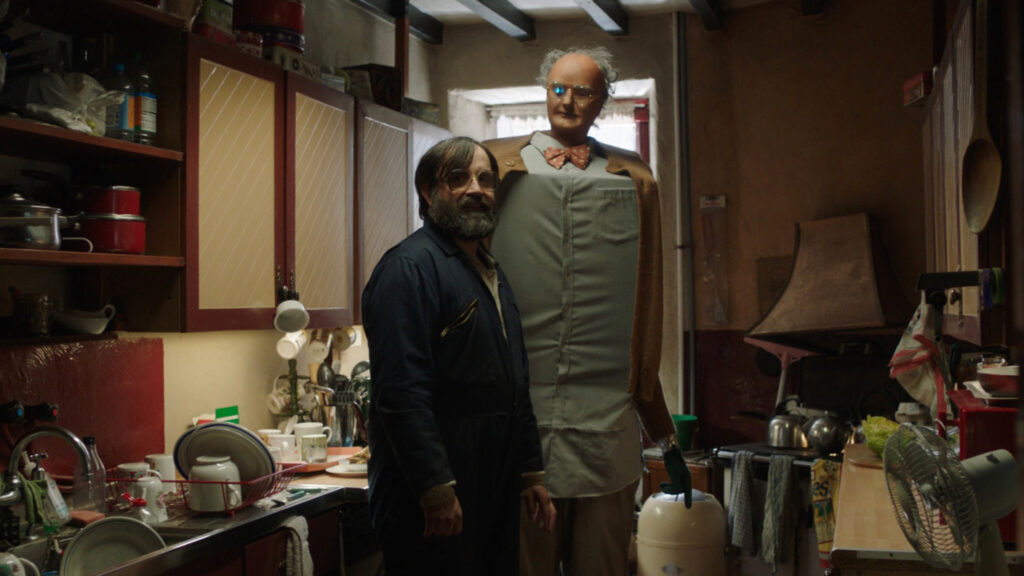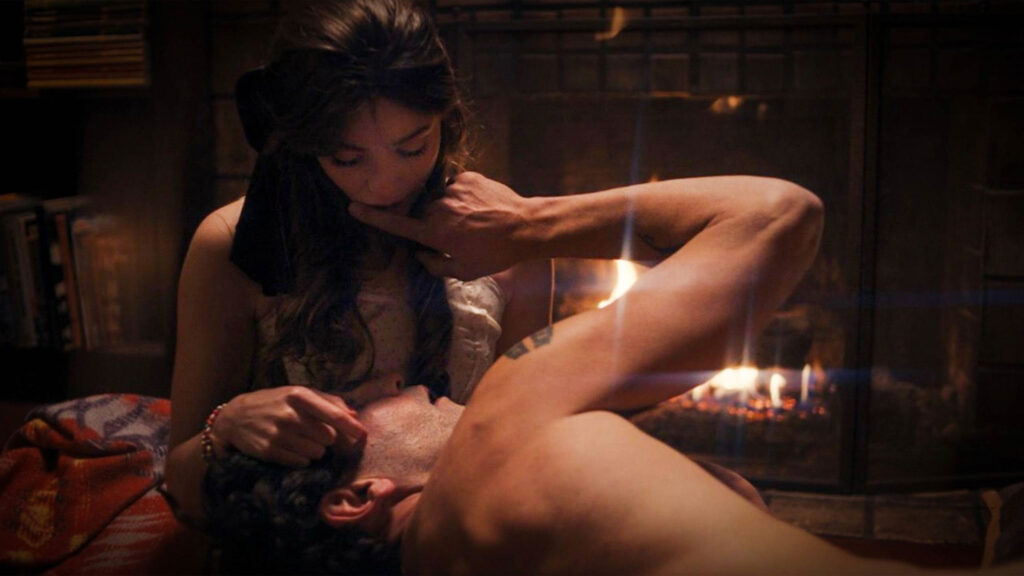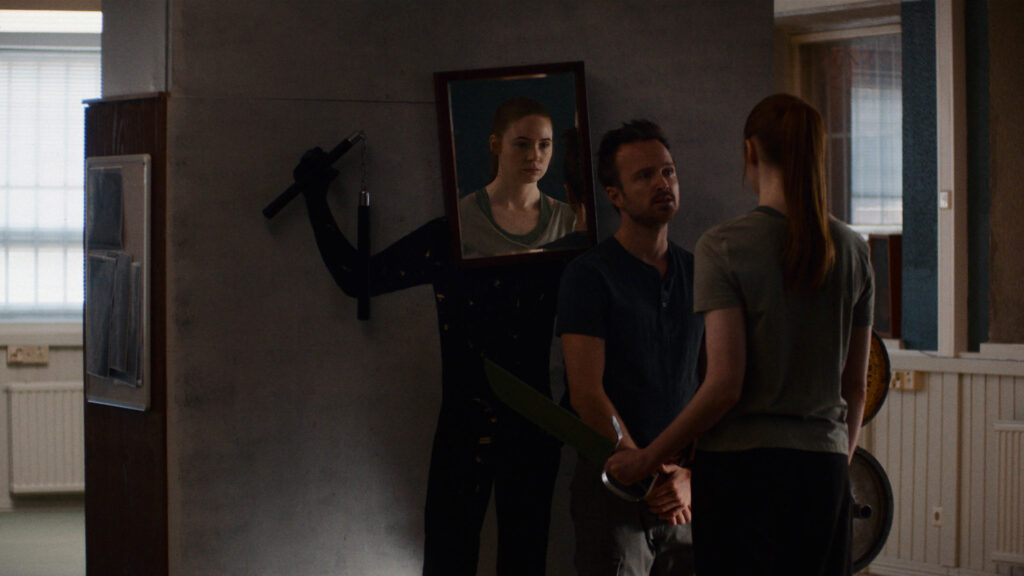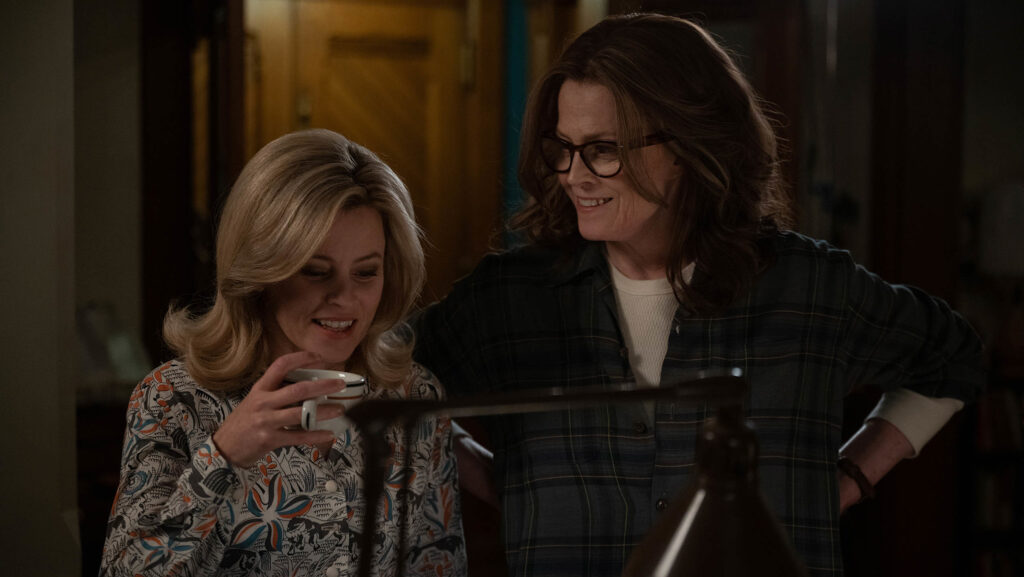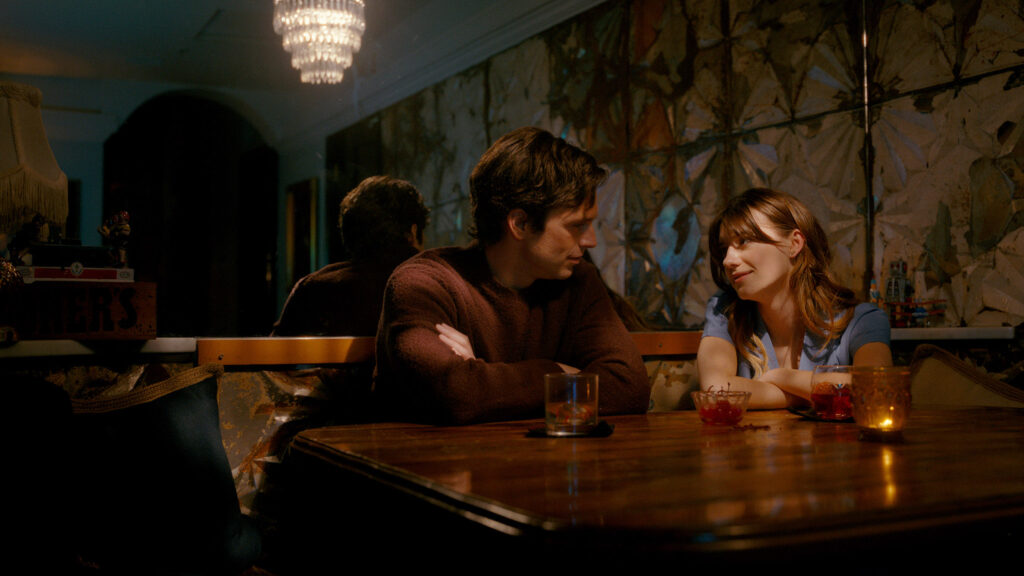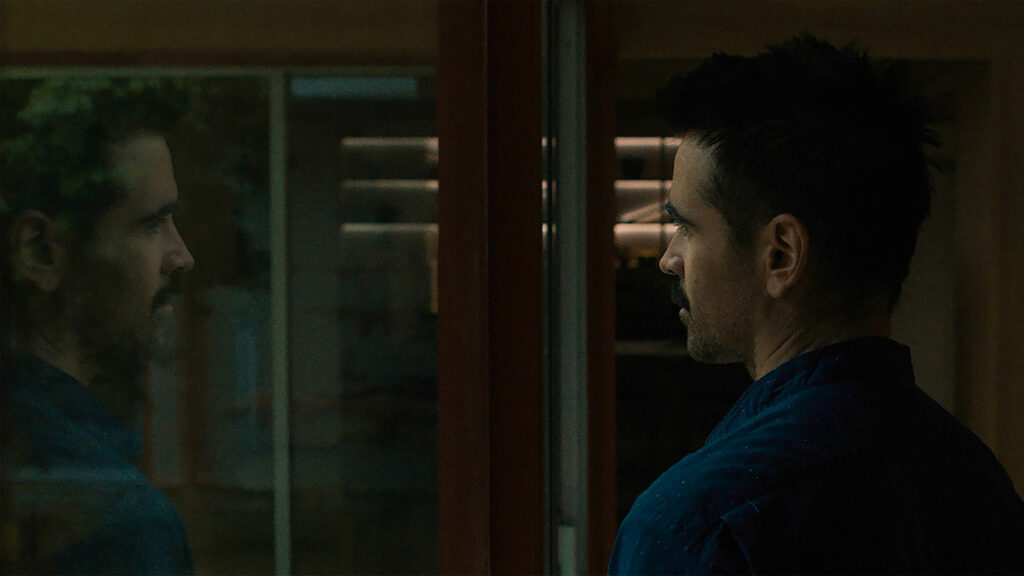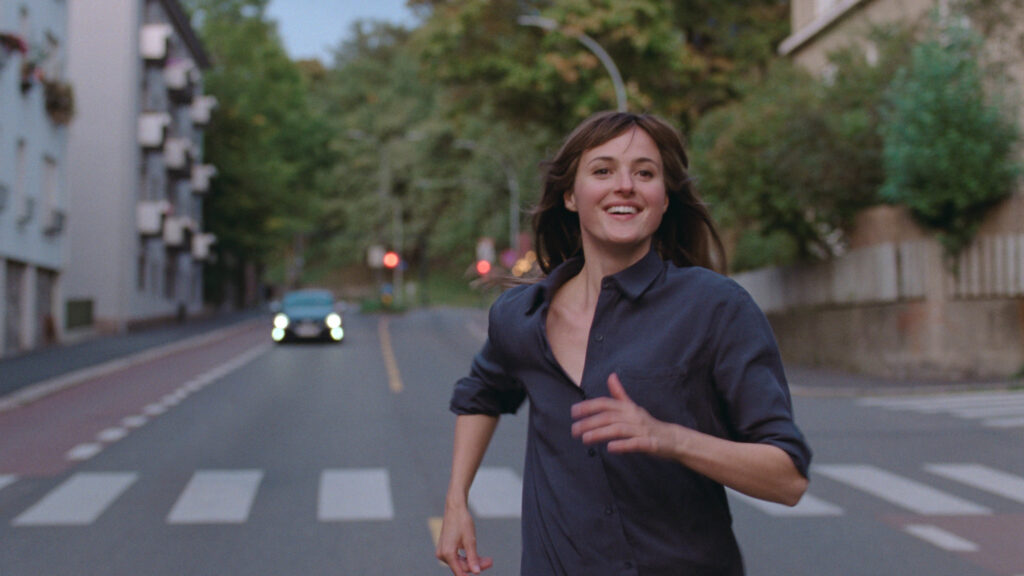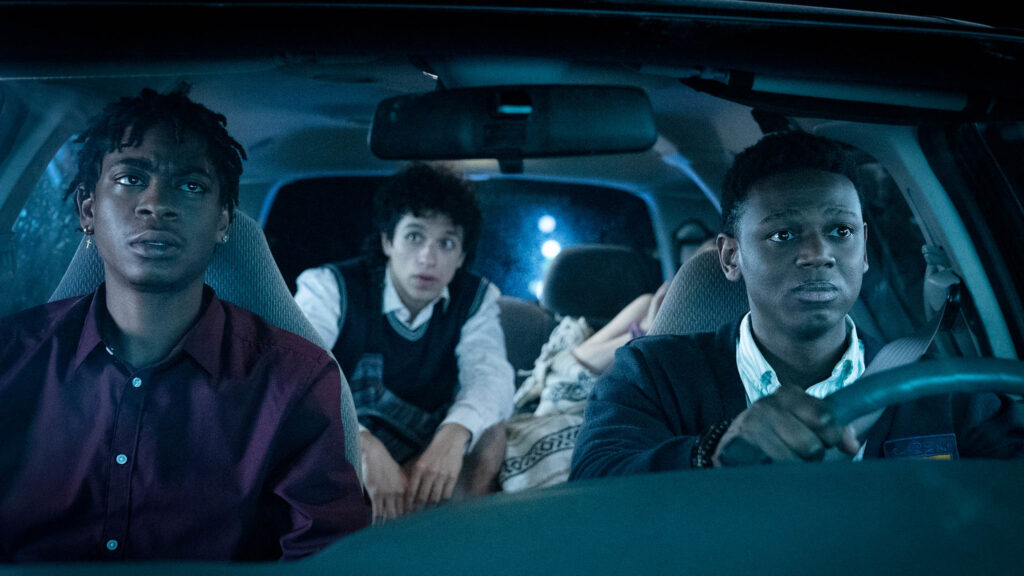Sundance Review: Am I OK?
Written by Ian Thomas Malone, Posted in Blog, Movie Reviews, Pop Culture
Thirty used to represent some kind of milestone, however arbitrary, for the time in life when you’re sort of supposed to have your affairs mildly figured out, least in theory. The real world doesn’t really work that way. There’s no timer that starts buzzing if you find yourself growing old without a semblance of stability. The film Am I Ok? spends its runtime floating around this orbit, trying to make sense of a world that never has any easy answers.
Lucy (Dakota Johnson) works as a receptionist at a spa, a thirty-two-year-old who approaches life with the cautious reservation of someone just out of college. Lucy struggles to open up to anyone other than her best friend Jane (Sonoya Mizuno), who’s got a steady boyfriend and a cozy marketing job. Jane tries to help Lucy break out of her shell, particularly with regard to her sexuality. Jane’s company offers her an enticing opportunity across the pond in her native London, threatening to upend the most important relationship in either woman’s life.
Most of the narrative focuses on Lucy’s sexual exploration. She bonds with a flirty coworker Britt (Kiersey Clemons), the kind of bubbly type A personality that makes for a perfect crush. Despite Johnson and Mizuno’s new-perfect chemistry, directors Tig Notaro and Stephanie Allynne keep the two separated for much of the narrative, perhaps a necessary decision for Lucy’s growth that unfortunately blunts a bit of the film’s abundant charm.
LGBTQ audiences deserve material that advances our storytelling beyond the rudimentary mechanics of coming out narratives, which have been grossly over-represented in film. It’s not completely fair to label Am I OK? as a coming-out film, belonging more to the broader coming-of-age genre. From a plot perspective, Notaro and Allynne offer up little to distinguish their film from countless other quirky indie stories we’ve all seen before.
Johnson ensures that whatever Am I OK? lacks in originality is made up for with the film’s abundant heart. Notaro and Allyne approach their story with such love and care that the breezy 86-minute runtime flies by. This film is not destined to blow many people away, but it’s bound to charm its audience through its rock-solid execution.
Notaro is one of the most gifted minds currently crafting comedy, a thoughtful, welcoming voice in this often-jaded modern landscape. The writing in Am I OK? lacks any real substantive on what it means to rediscover your sexuality in your thirties, a shame considering the talent behind the camera. Perhaps fitting given its title, the film never really strives to be more than just okay. A charming experience, if not a bit of a shame.





